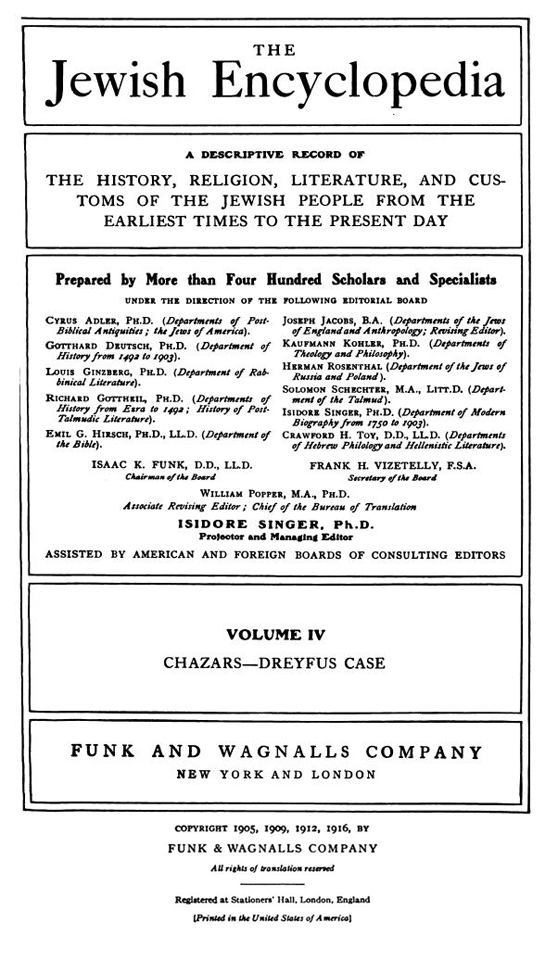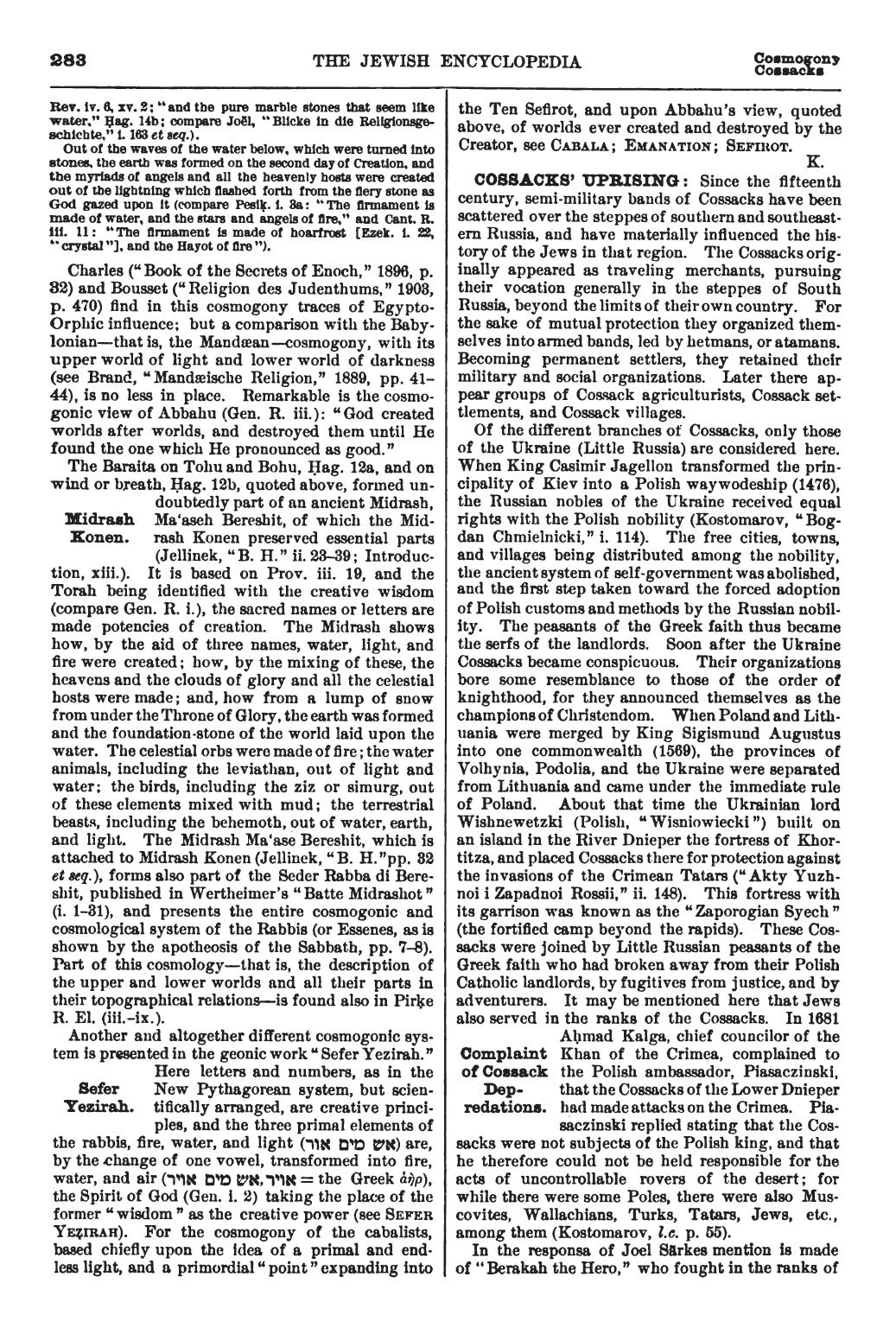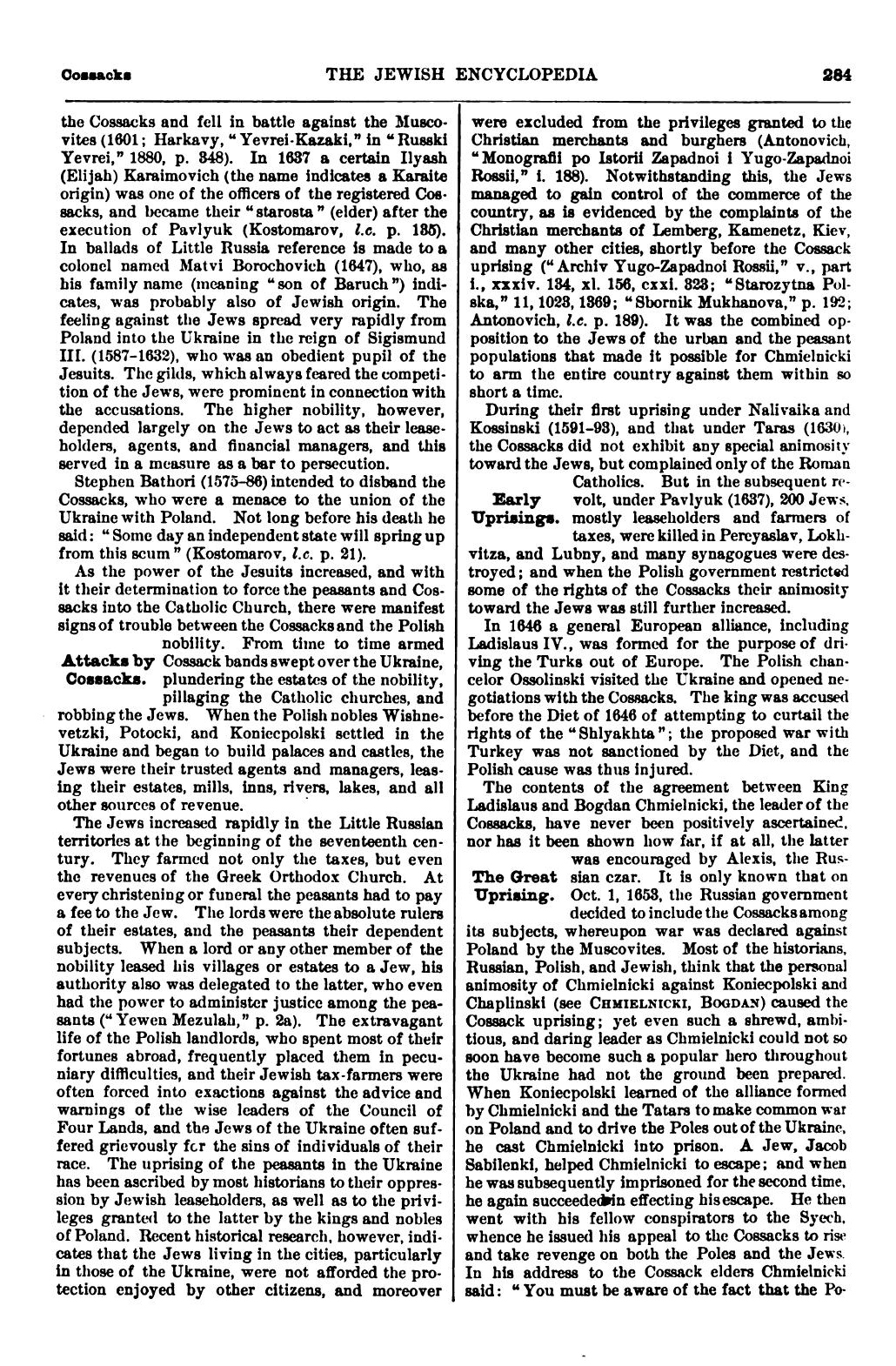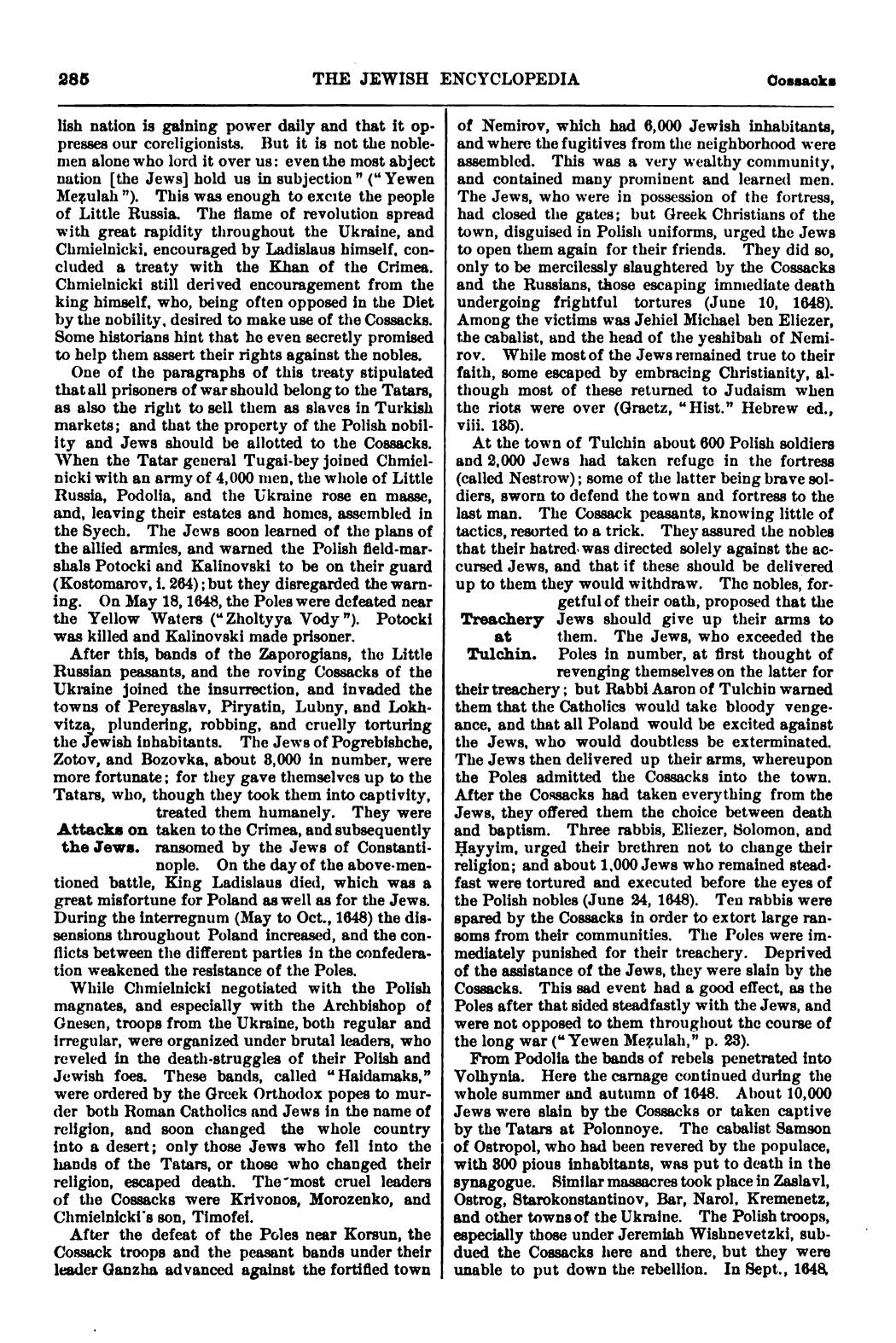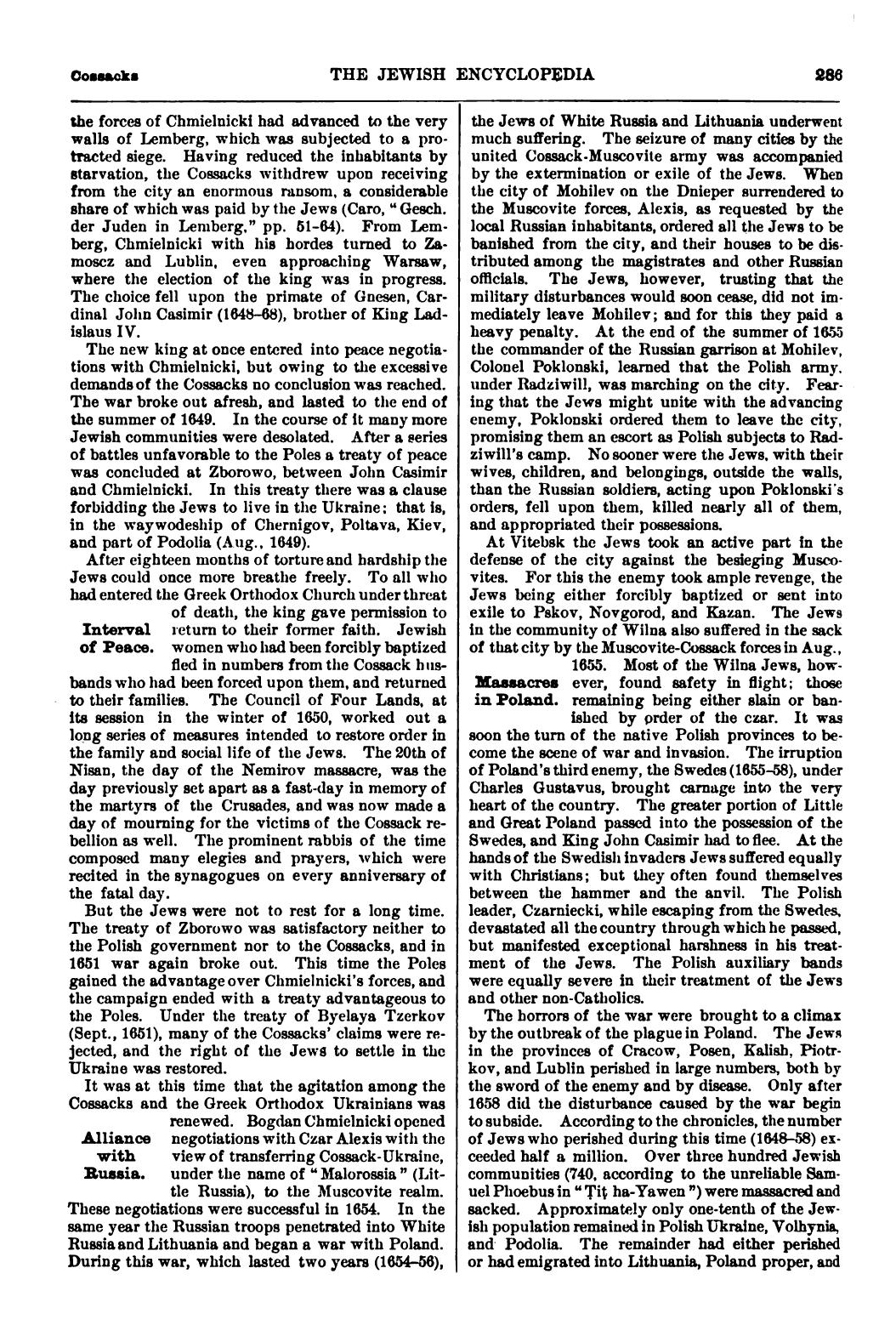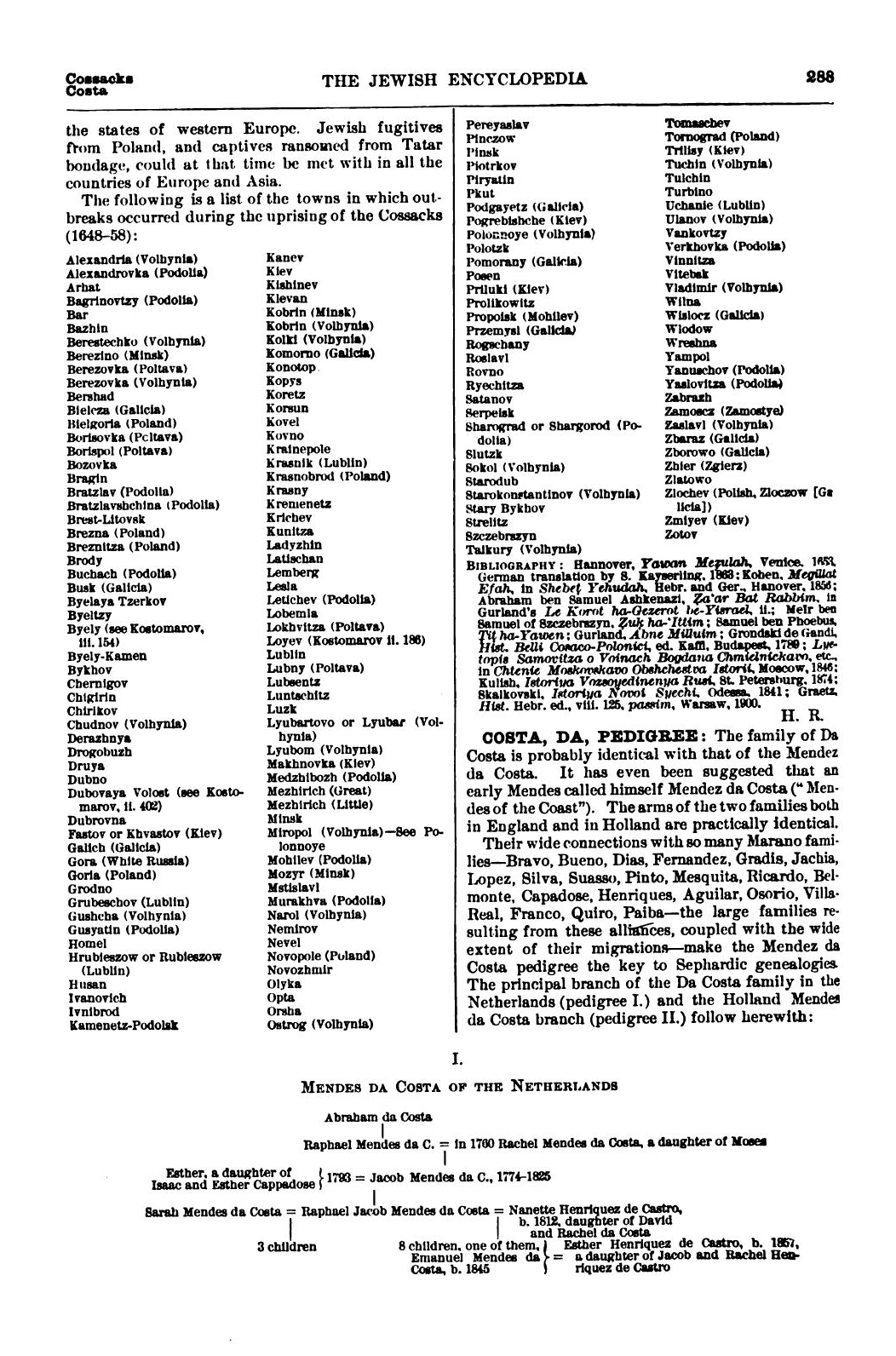 |
|
| Contents | |
| Lubny Homepage | |
| History | |
| Town Life | |
| The Holocaust |
|
| Data |
|
| Maps of Lubny |
|
| JewishGen
Home Page |
|
| KehilaLinks Home Page |
|
|
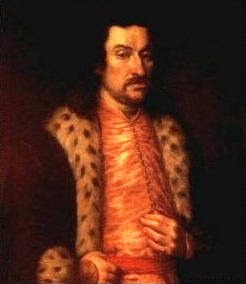 Jerome Wisniowiecki (1612-1651), Master of Lubny Lubny has a reputation as one of the oldest cities of the Ukraine, with a settlement date that preceeds the year 1000 CE. It is situated on the Sula river and it was first represented there by a wooden fort, then by a series of more fortified buildings reflecting its position as a bulwark of Polish claims in the Ukraine. In the sixteenth century, ownership had passed to the Polish noble family Wisniowiecki (its leaders in different time periods are written in some modern Ukrainian sources as "Prince Vishnevetsky") family. Jerome Wisniowiecki (1612-1651) governed an estate larger than some European countries on the left bank of the Dnieper with Lubny as its "capital," with the full panoply of Polish officials and thousands of serf laborers. Lubny was his personal capital as well as the "wowoide" headquarters (the Polish unit of provincial government) until the Cossack Rebellion (and Khmelnitsky Massacres.) The Cossack rebellions of the 1640s saw the Polish claims surrender the left bank to the force of Ukrainian Cossacks and the Cossack's Muscovite allies. From c.1650 to the end of the eighteenth century, Lubny was the headquarters of the Cossack forces including that unit called the Lubny Regiment. When the Russians established Poltava Gubernia, Poltava was the largest city and capital of the Gubernia and Lubny was the second largest. At one time, Poltava Gubernia had over 400 annual fairs including those at Poltava, Lubny, and Romny. These fairs provided huge revenues to the Russian Empire. During the early part of the nineteenth century, it was those fairs that drew thousands of Jews from other parts of the Russian Pale of Settlement, many from as far away as Kovno, and Grodno to the new opportunities here. But the real revenues began flowing to the Russian crown when Lubny became part of the Russian railroad system at the end of the nineteenth century.
Thank you to Gary Liss for the below article on the history of Jews in the Poltava regions (including Lubny) in the 17th century. Click on each page to see it larger.
The Story of Mother Russia, as told to Sherwin Tarnoff by his father and his father's brothers can be read here. |
